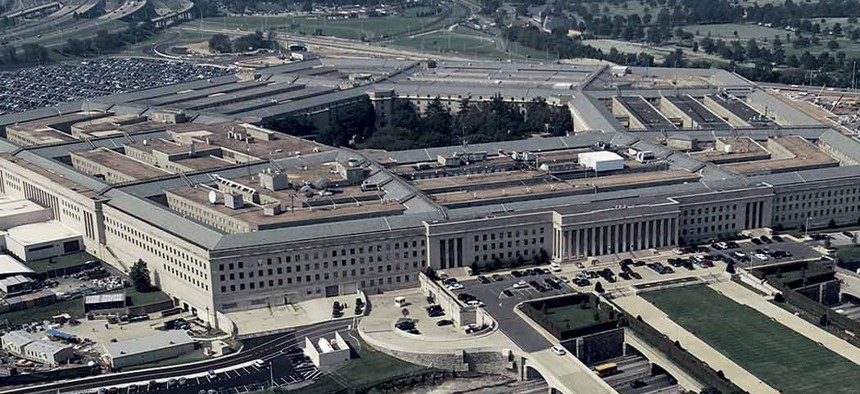Trump taps former NASA administrator to head DOD tech research
If confirmed, Michael Griffin would be the Pentagon's first under secretary for research and engineering, and effectively serve as CTO.
The White House announced on Dec. 4 that President Donald Trump intends to nominate Michael Griffin to be under secretary of defense for research and engineering -- a new position that stems from the reorganization of the Pentagon's acquisition, technology and logistics (AT&L) organization.
Griffin served as NASA administrator under President George W. Bush, and also did a stint as president and chief operating officer of In-Q-Tel, the non-profit venture capital firm created and funded by the CIA.
The 2017 National Defense Authorization Act instructed the Department of Defense to break up AT&L and replace that under secretary position with two new ones -- Griffin's under secretary for research and engineering post, and an under secretary for acquisition and sustainment. Current Undersecretary for AT&L Ellen Lord is expected to transition into the acquisition and sustainment job.
An August report from the Pentagon on DOD's plans for implementing these changes said that establishing the R&E structure "is the first priority of implementing the new organization." As under secretary for R&E, Griffin would oversee both the Defense Innovation Unit Experimental and the Defense Advanced Research Projects Agency. And according the DOD report, he would play the CTO role for the department and have "responsibility and authority for ensuring U.S. military technical superiority."
The division of AT&L is a significant and somewhat controversial change for DOD. Griffin, however, is no stranger to institutional reorgs. At NASA, for example, he drove the creation of the chief operating officer position, separating those responsibilities from those of the deputy administrator.
According the White House, Griffin's nomination will become effective on Feb. 1, 2018 -- the deadline for the DOD to formalize its new structure.
NEXT STORY: DOD should rethink its approach to IoT




